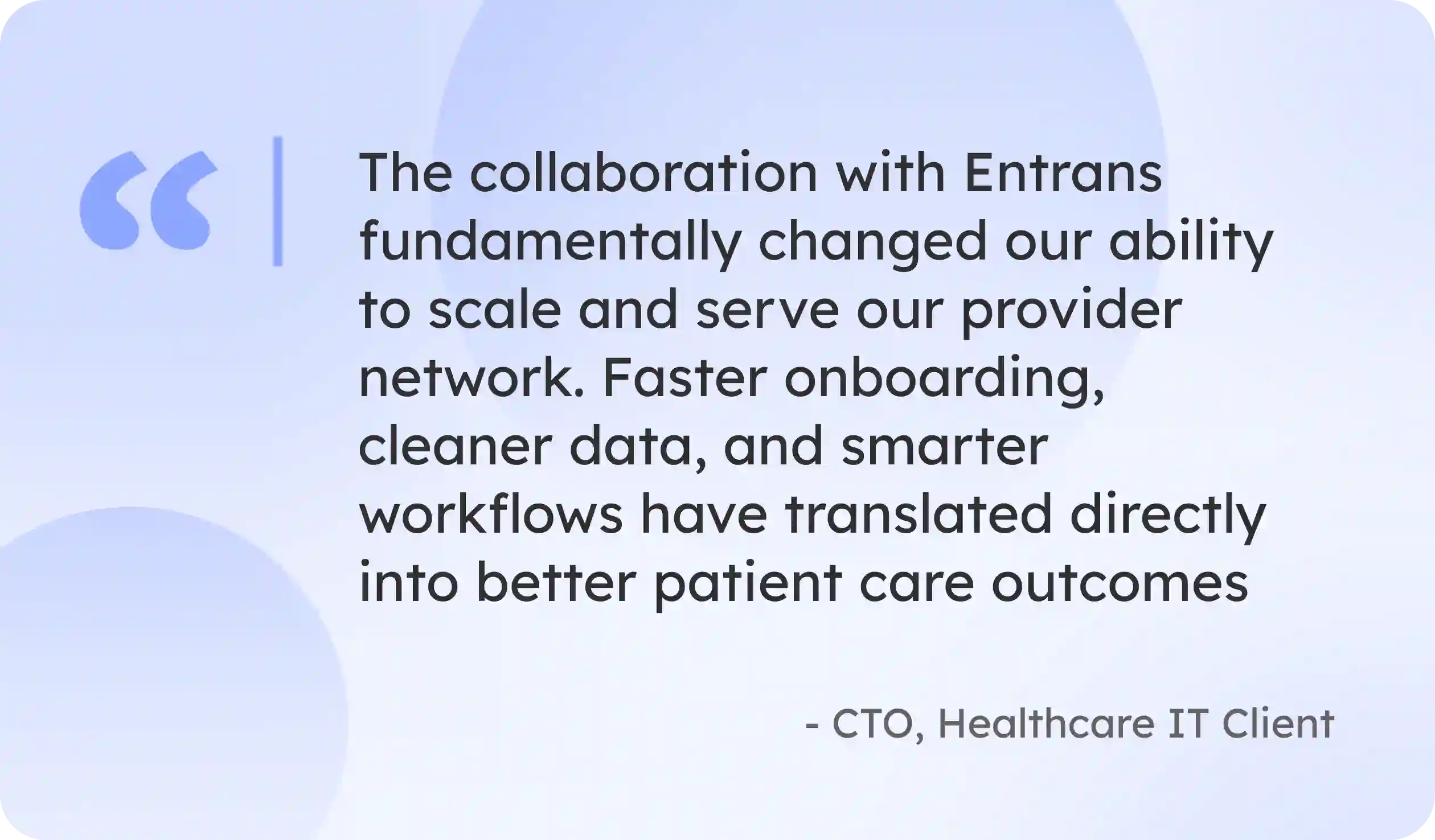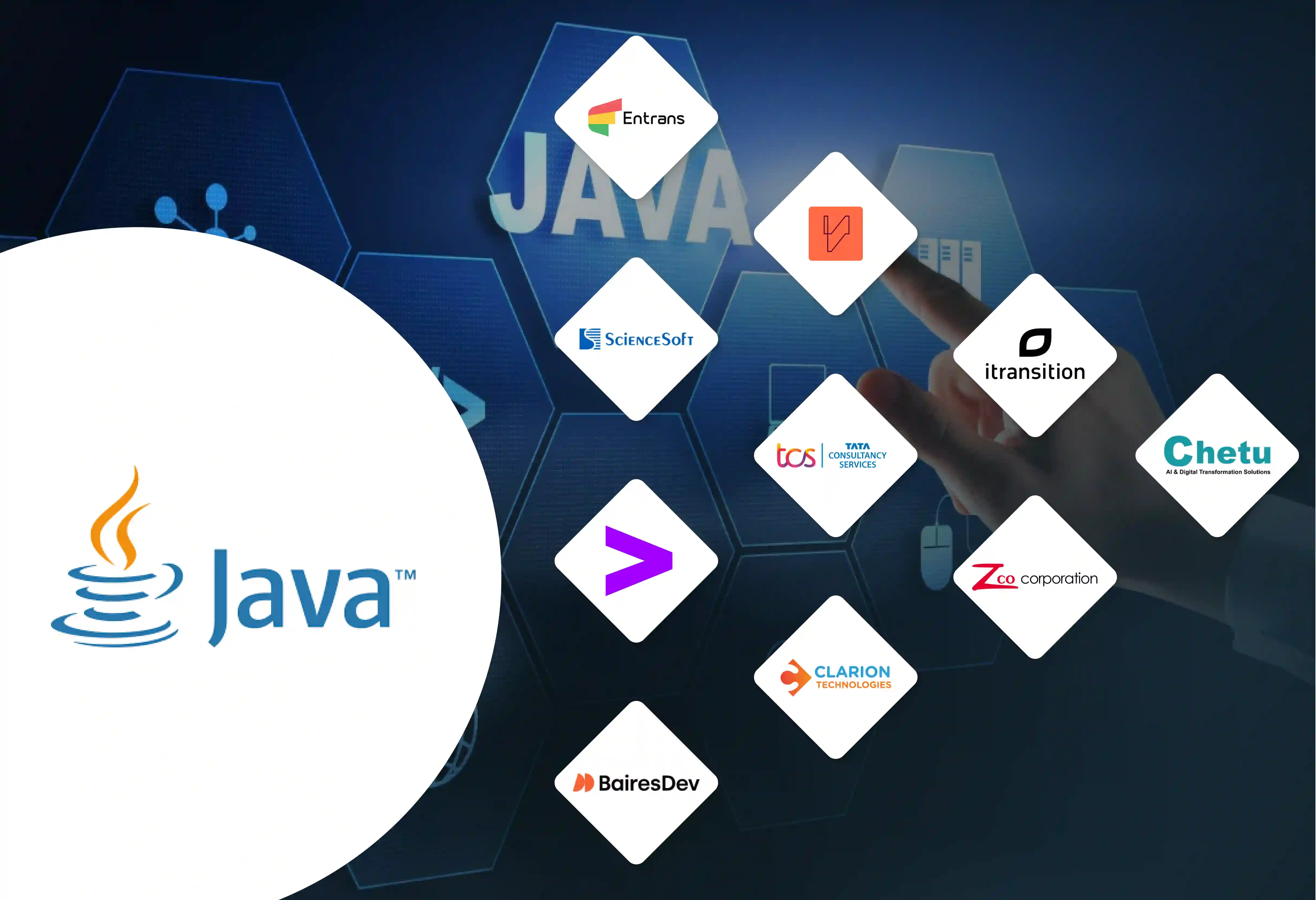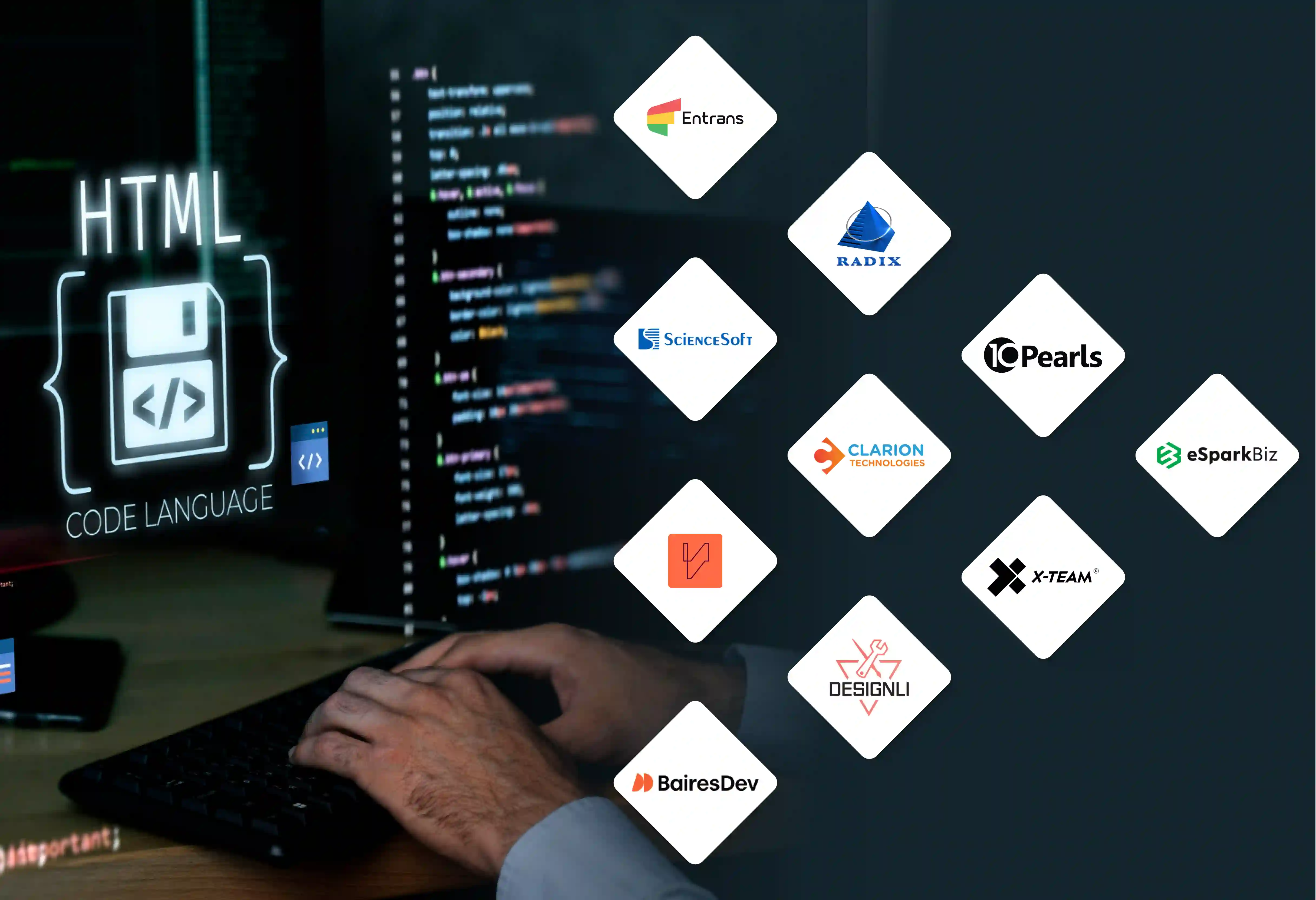



Cloud healthcare interoperability refers to the seamless and secure exchange of health data across systems using modern cloud-native frameworks. At its core is FHIR (Fast Healthcare Interoperability Resources) — a healthcare data standard that enables the structured, secure, and real-time exchange of data across providers, payers, and platforms.
Unlike traditional integration approaches, cloud-native FHIR architectures allow healthcare organizations to unify data from siloed electronic health records (EHRs), reduce onboarding delays, and power real-time decision-making. These frameworks are not just IT enablers — they’re foundational to delivering value-based care, enabling AI-driven diagnostics, and enhancing patient experiences.
Interoperability is no longer optional — it’s urgent.
As healthcare organizations push for more personalized, preventative, and cost-effective care, the ability to seamlessly share and act on data is a strategic imperative.
A leading healthcare information technology company approached Entrans with a critical objective: unify provider, payer, and patient data through a scalable, cloud-based interoperability framework.
Key roadblocks they faced:
Their goal was to build a foundation that could support everything from operational reporting to predictive care — without replacing existing systems.
Working closely with the client’s product and operations teams, Entrans implemented a robust interoperability platform using FHIR standards and microservices-based architecture. The solution was deployed on a secure, scalable cloud environment that supported both real-time and batch data operations.
Key components:
By abstracting complexity and enabling plug-and-play integration with legacy systems, the solution provided immediate wins without disrupting operations.


The solution included:
This modular design allows the client to plug in AI models, connect new provider systems, and scale rapidly without rework.
FHIR is a healthcare data standard enabling structured, secure, and interoperable exchange of clinical data.
Yes — cloud-native platforms are built with compliance in mind, including audit trails, access control, and encryption.
Core interoperability layers typically take 3–6 months, much faster than traditional rebuilds.
Absolutely. FHIR APIs are designed to integrate with existing systems — no need for rip-and-replace.
This case is a powerful example of how cloud-native healthcare systems can unlock operational efficiency, improve care delivery, and lay the groundwork for intelligent automation. Whether you're a hospital network or a healthtech platform, building with FHIR on the cloud ensures you're ready for AI, analytics, and scalable care coordination.
Need help with your interoperability roadmap? Book a free 30-minute consultation call!
Lorem ipsum dolor sit amet, consectetur adipiscing elit, sed do eiusmod tempor incididunt ut labore et dolore magna aliqua. Ut enim ad minim veniam, quis nostrud exercitation ullamco laboris nisi ut aliquip ex ea commodo consequat. Duis aute irure dolor in reprehenderit in voluptate velit esse cillum dolore eu fugiat nulla pariatur.
Block quote
Ordered list
Unordered list
Bold text
Emphasis
Superscript
Subscript






